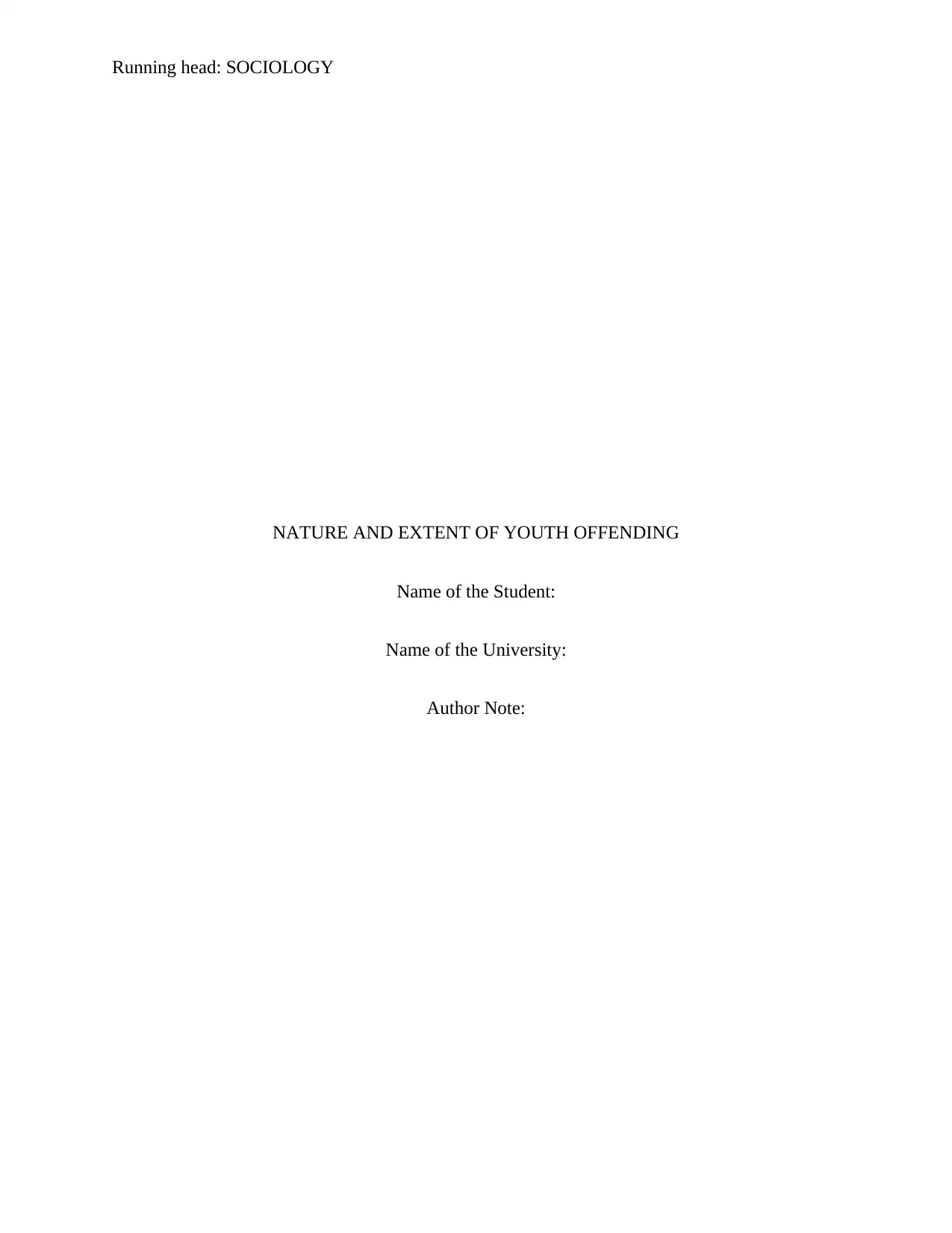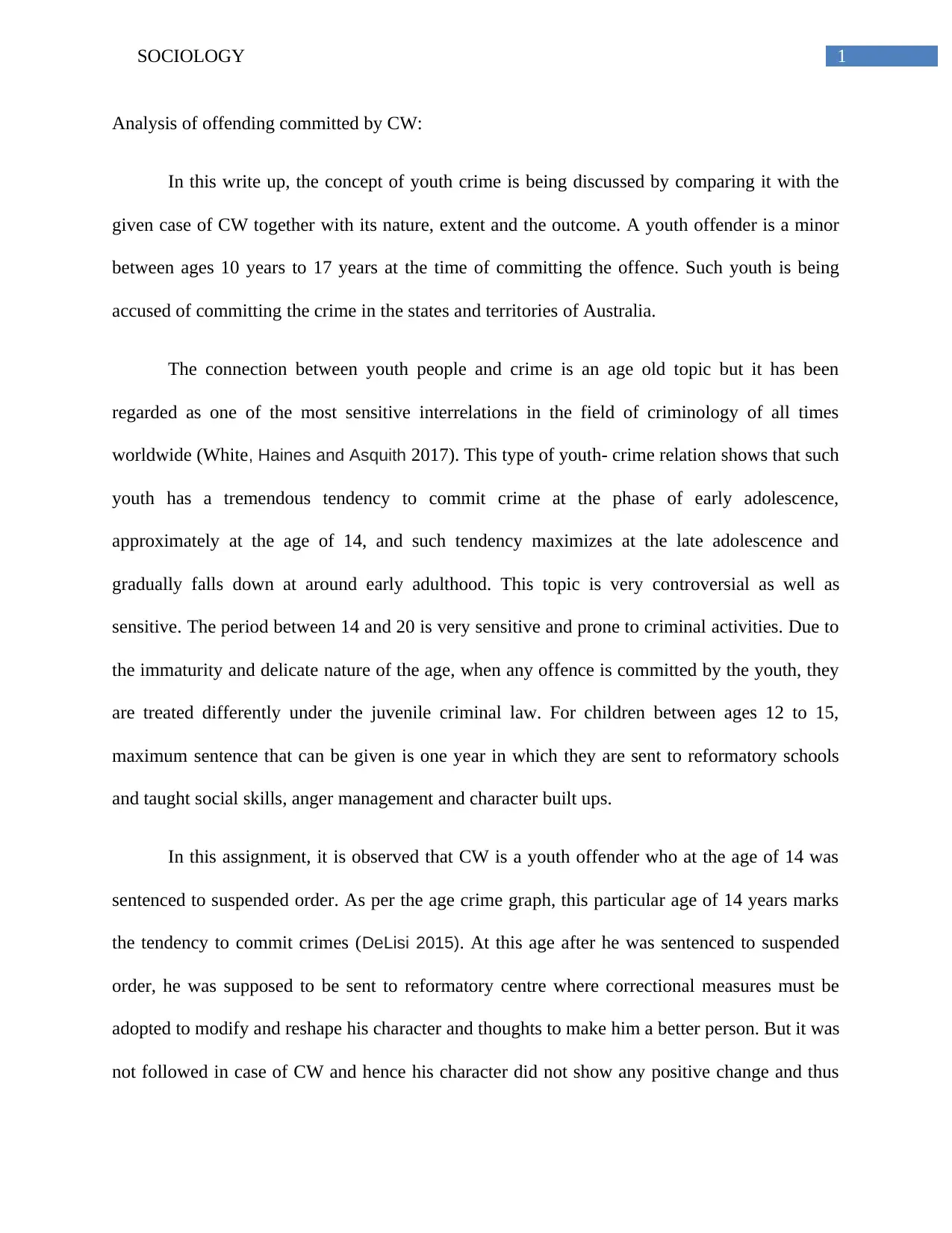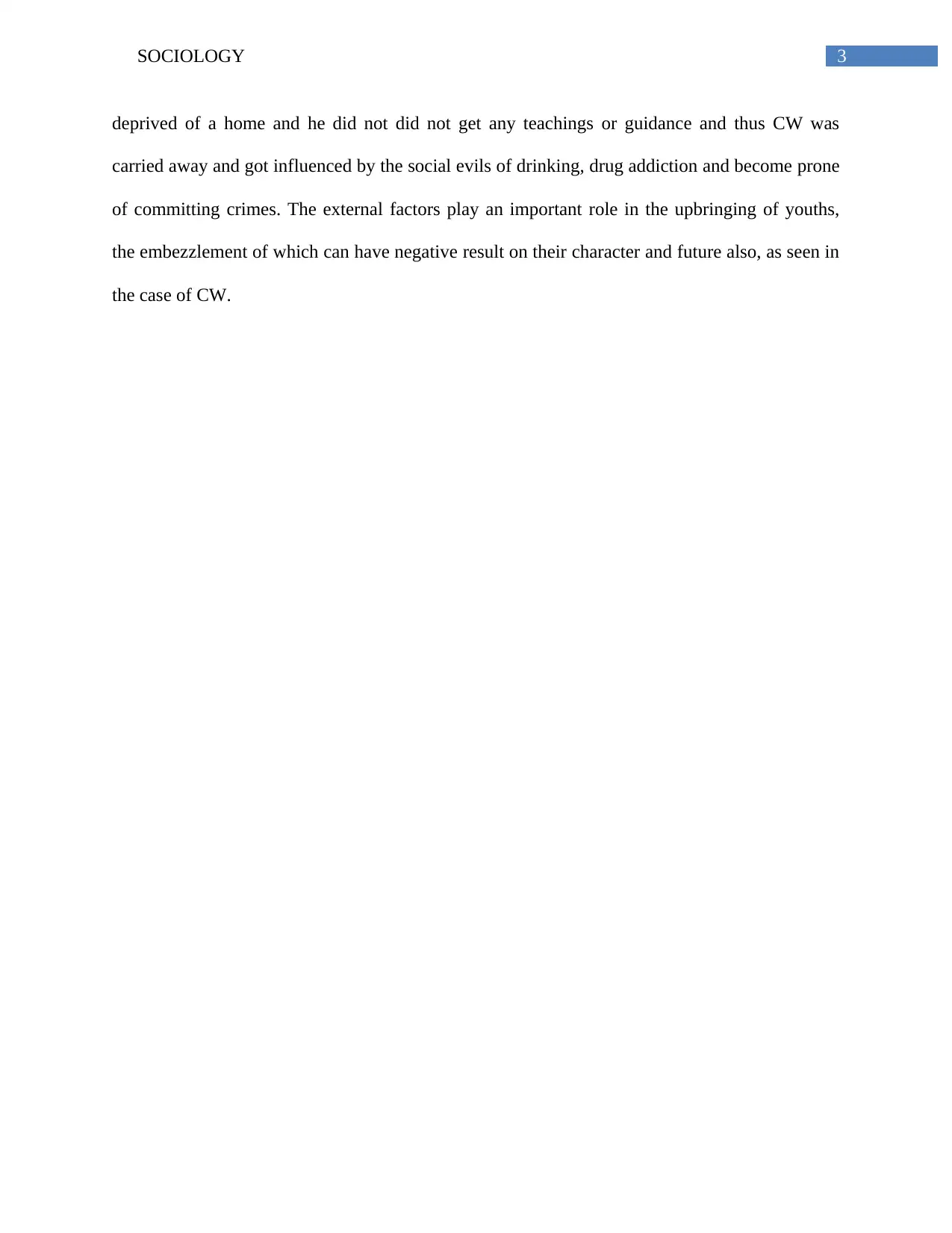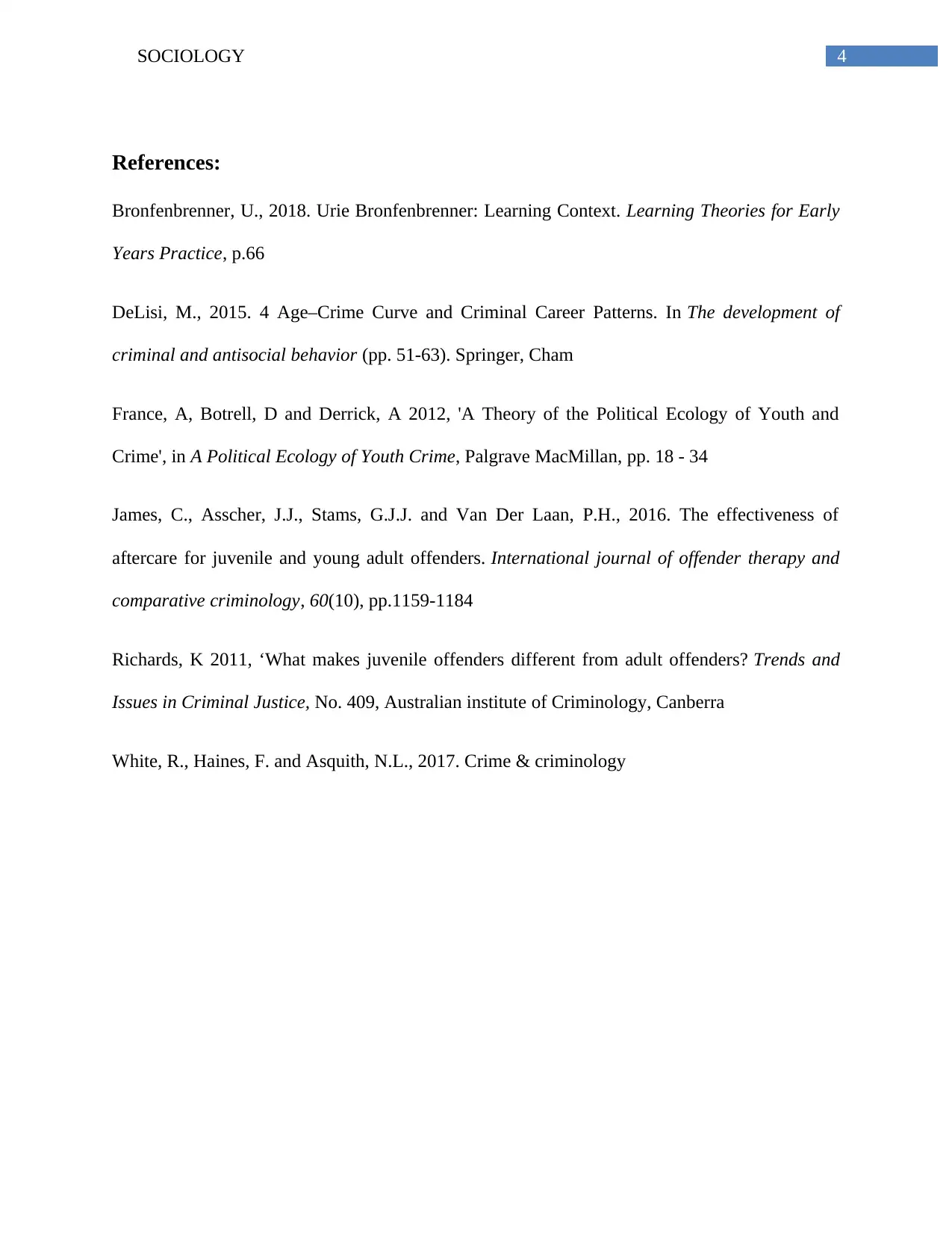Sociological Perspectives on Youth Offending: An Analysis of Case CW
VerifiedAdded on 2023/06/13
|5
|1027
|69
Case Study
AI Summary
This case study examines the nature and extent of youth offending through the analysis of 'Police v CW [2012] NSWChC 16'. It applies sociological concepts and theories, such as Bronfenbrenner's Ecological Systems Theory, to understand the factors contributing to CW's criminal behavior. The analysis highlights the importance of considering the psychological and environmental influences on young offenders, emphasizing that juveniles should be treated differently from adults due to their immaturity and potential for rehabilitation. The study further discusses the role of external factors, such as lack of a stable home and parental guidance, in shaping the behavior of youth, as seen in CW's case, and suggests the government's role in providing support to help young offenders break free from criminal tendencies. The document is available on Desklib, a platform offering a range of study tools and solved assignments for students.
1 out of 5









![[object Object]](/_next/static/media/star-bottom.7253800d.svg)